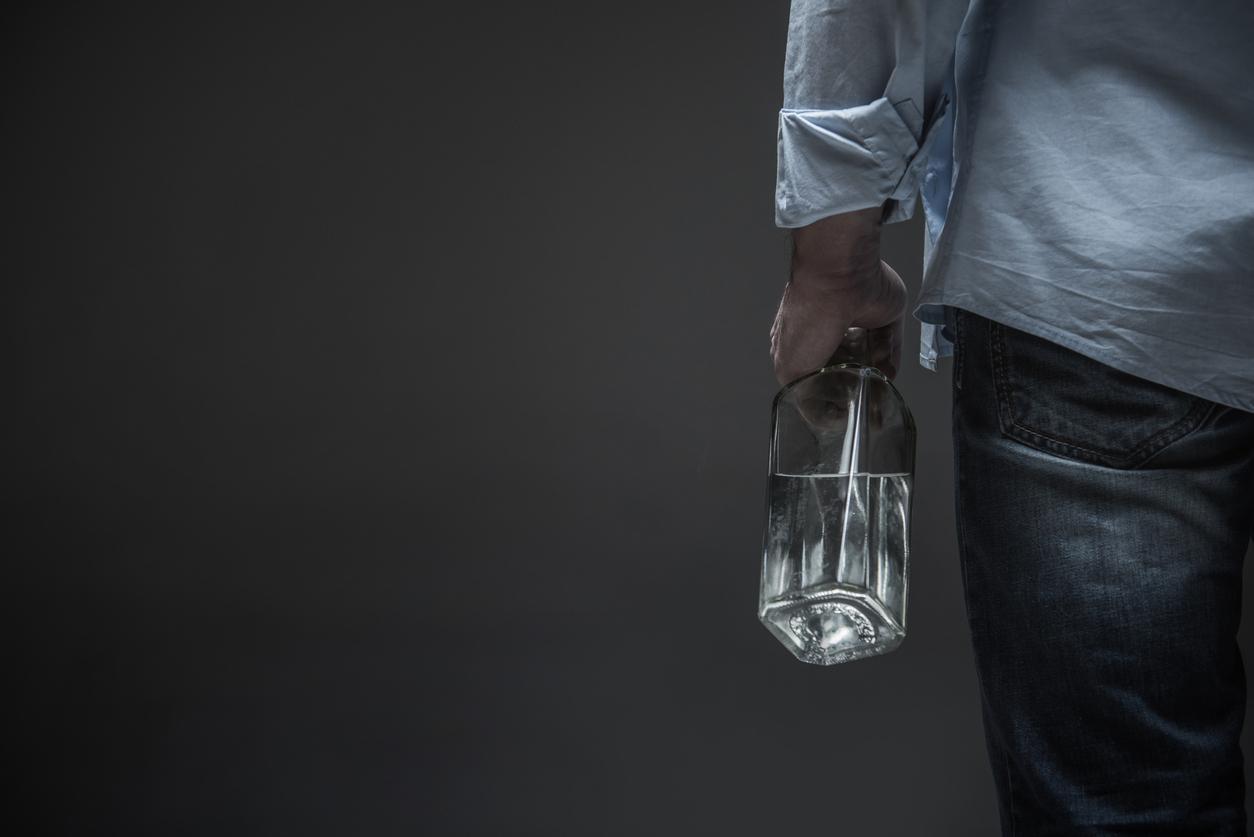In the midst of the Covid-19 health crisis, the mobilization of caregivers is maximum. Volunteers, driven by a real vocation and an irrepressible desire to help their colleagues as much as the patients who flock to public hospitals, the radio operators are mobilizing. Coming from establishments which are, for the most part, dormant due to the deprogramming of non-emergency operations, they fly to the aid of La Timone or the North Hospital of Marseille to ensure a rotation within teams on the qui- lively. And for good reason: they string together scanners to diagnose lung lesions generated by Covid-19.
You and your colleagues have decided, on a voluntary basis, to come and support the radiographers of hospitals such as Timone or the North hospital, which receive many patients infected with Covid-19 …
Our activity being almost nil, we wanted to make ourselves useful by going to lend a hand to our colleagues radio manipulators of Timone who are facing a massive influx of infected patients. Many patients come to the IHU (University Hospital Institute) service to be tested because they have symptoms. If they are positive, they must then pass a scanner which explains the current high attendance. If one is not useful in such times then what is the caregiver for? It’s a bit as if we were sneaking away to go to war … It’s impossible!
You are, as you qualify yourself, a rather unknown force behind the scenes. Can you enlighten us on your profession?
The profession of radio manipulator is part of the paramedical. We are caregivers but have not done years of medicine like radiologists. We infuse, prick, know how to provide first aid … We are a bit like a nurse in the radiology sector. We take the images which will then be interpreted by the radiologist.
Do you work in pairs in the scanner room?
In the majority of cases, there is a person at the console who is not in contact with patients, in an uninfected area. In the waiting room as in the scanner room, only the manipulator will remain, who remains as close as possible to the patients. This manipulator therefore has, when he finishes his work, a very strict protocol to respect in order not to contaminate the personnel. He must remove his gloves at the same time as his gown, then the mask, disinfect his hands …
Initially, there was a lack of tests to detect those who presented symptoms. We see today that within Professor Raoult’s IHU, anyone can be tested?
Like Timone, indeed, if a patient has the slightest doubt, he presents himself in the queue of Professor Raoult’s IHU. He can then do a PCR test which consists of putting a cotton swab in the nose. If the test is positive, the patient undergoes a CT scan which shows the extent of the pulmonary lesions linked to Covid. Depending on the severity of these lesions, the patient will be referred to an appropriate care unit or sent home with surveillance.
Obesity is said to be a factor that increases the risk of complications. Is this something that you notice?
It is really obvious that obesity is a complicating factor in patients with Covid-19. Before, we did a first scan and send the person home if the lung damage was not too serious. He was then invited to come back for a second control scan. With the massive influx of people affected, we are now limited to a single scan if there is no respiratory distress. Today, we note that obesity is a risk factor with, often, a worsening of the state of health. These patients are therefore necessarily rechecked because they are more fragile. In terms of images, we note that the lesions are also often more extensive.
Personally, you are not too afraid of potentially infecting your loved ones because in constant contact with the virus despite the security protocol in place?
I live as a couple and I have a child so, obviously, we have the fear of infecting the people with whom we live. The first thing I do when I arrive is take off all my clothes. Do not touch anything in the house and run straight into the shower. You should know that in the hospital, our “city” clothes remain in a locker room and are therefore never in contact with the virus. The gowns that are worn during the day in the scanner room are disposable and therefore discarded at the end of the day. Only the skin, hair, eyebrows can potentially carry the virus and therefore bring it from the hospital to our home. Some manipulators are of course afraid, but today there are enough volunteers and manpower not to have to have to come up with a requisition of personnel.
Find the full interview with Loic on the site Maintenance agents
Read also
- Céline, nurse anesthetist in an intensive care unit
- Anxiety, depression, low morale … Tips for better living in confinement
- How to treat yourself with coronavirus at home











-1740653386.jpg)


-1739366311.jpg)



